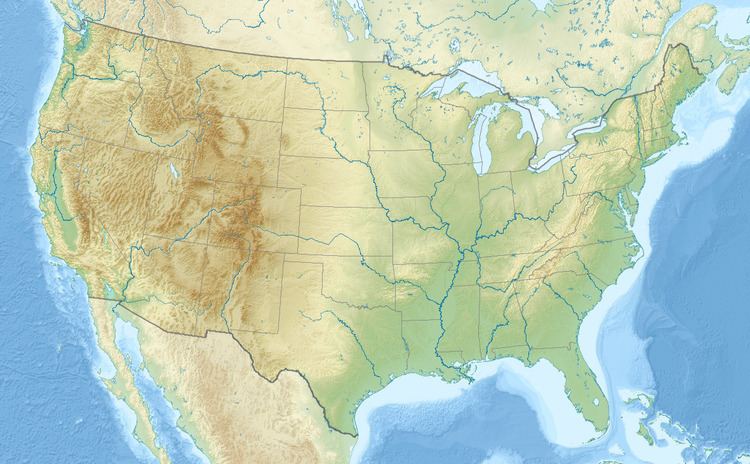Visitors 600,161 (in 2012) Area 507.1 km² Phone +1 423-569-9778 | Established March 7, 1974 Management National Park Service | |
 | ||
Website Big South Fork National River and Recreation Area Address 4564 Leatherwood Rd, Oneida, TN 37841, USA Hours Open today · Open 24 hoursWednesdayOpen 24 hoursThursdayOpen 24 hoursFridayOpen 24 hoursSaturdayOpen 24 hoursSundayOpen 24 hoursMondayOpen 24 hoursTuesdayOpen 24 hours Profiles | ||
Big south fork tennessee backpacking april 2015
The Big South Fork National River and Recreation Area preserves the Big South Fork of the Cumberland River and its tributaries in northeastern Tennessee and southeastern Kentucky. In addition, the former mining community of Blue Heron is preserved and interpreted via signage.
Contents
- Big south fork tennessee backpacking april 2015
- Aerial view of big south fork national river and recreation area in rv8a
- GeologyEdit
- References
The Big South Fork region contains one of the highest concentrations of natural bridges in the eastern United States and the area is located in parts of Scott, Fentress, Pickett, and Morgan counties in Tennessee, and McCreary County in Kentucky. Charit Creek Lodge is a wilderness lodge, accessible by trail, located within the park.
Aerial view of big south fork national river and recreation area in rv8a
GeologyEdit
The Big South Fork's most prominent feature is the river gorge cutting through the softer Mississippian age rock beneath the hard Pennsylvanian capstone of the Cumberland Plateau. Water is the most influential agent of geologic change in the Big South Fork region. Over time water action has left many unique and amazing geologic features ranging from the river gorge with its magnificent bluffs to the natural arches and unusual hoodoos.
Due to the substantial amount of annual rainfall of the region and the action of the Cumberland River and surrounding tributaries the water acts to erode the softer Mississippian rock composed of limestone, shale, and calcareous sandstone from beneath the much harder and erosion resistant capstone composed of Pennsylvanian sandstone. Flowing water hollows out the softer layers beneath and forms waterfalls and gorges. Where there is hard capstone intact, arches can form creating natural bridges across streams or a dry ravines. Direct erosion widens a joint and forms a cavity below the more resilient rock thus creating a void between the hard capstone and the area below. As result, water eroded arches are formed in the Big South Fork. Hoodoos are a rare but intriguing feature occurring in the Big South Fork. These hoodoos form in a similar manner to those found in the western United States. Where tough capstone still exists on the side of a hill for instance, it prevents the erosion of the softer material below. The result is a naturally formed erect columnar rock where once was located a hill.
